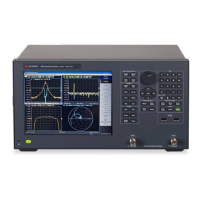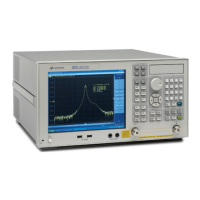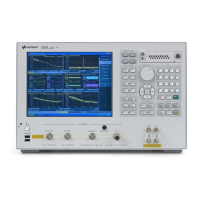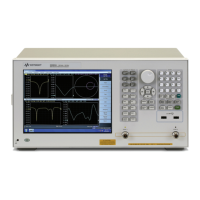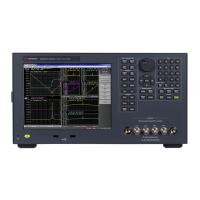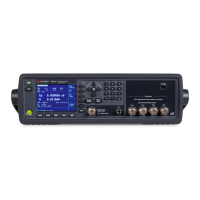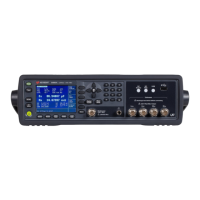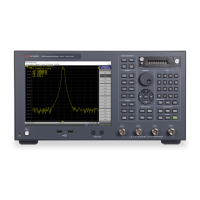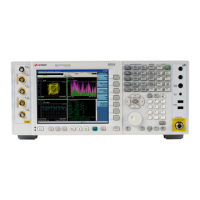68
Ambient level
1. The values of radiated and conducted signal and noise existing at a specified test
location and time when the test sample is not activated
2. Those levels of radiated and conducted signal and noise existing at a specified
test location and time when the test sample is inoperative. Atmospherics,
interference from other sources, and circuit noise, or other interference generated
within the measuring set compose the ambient level.
Amplitude modulation
1. In a signal transmission system, the process, or the result of the process, where
the amplitude of one electrical quantity is varied in accordance with some
selected characteristic of a second quantity, which need not be electrical in
nature.
2. The process by which the amplitude of a carrier wave is varied following a
specified law.
Anechoic chamber
A shielded room which is lined with radio absorbing material to reduce reflections
from all internal surfaces. Fully lined anechoic chambers have such material on all
internal surfaces, wall, ceiling and floor. Its also called a “fully anechoic chamber.”
A semianechoic chamber is a shielded room which has absorbing material on all
surfaces except the floor.
Antenna (aerial)
1. A means for radiated or receiving radio waves. A transducer which either emits
radio frequency power into space from a signal source or intercepts an arriving
electromagnetic field, converting it into an electrical signal.
2. A transducer which either emits radio frequency power into space from a signal
source or intercepts an arriving electromagnetic field, converting it into an
electrical signal.
Antenna factor
The factor which, when properly applied to the voltage at the input terminals of the
measuring instrument, yields the electric field strength in volts per meter and a
magnetic field strength in amperes per meter.
Antenna induced voltage
The voltage which is measured or calculated to exist across the open circuited
antenna terminals.
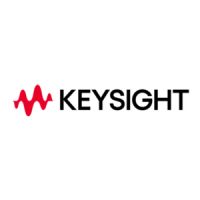
